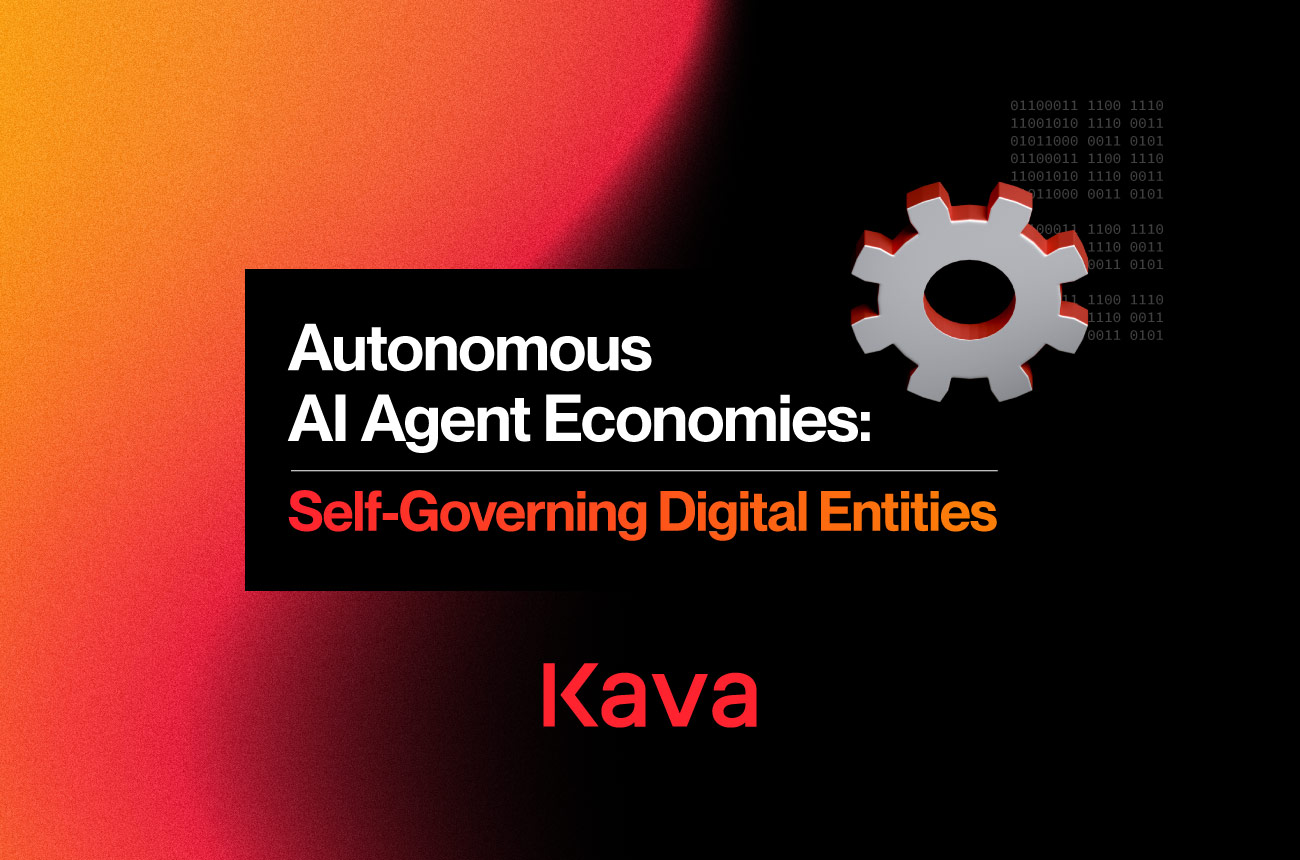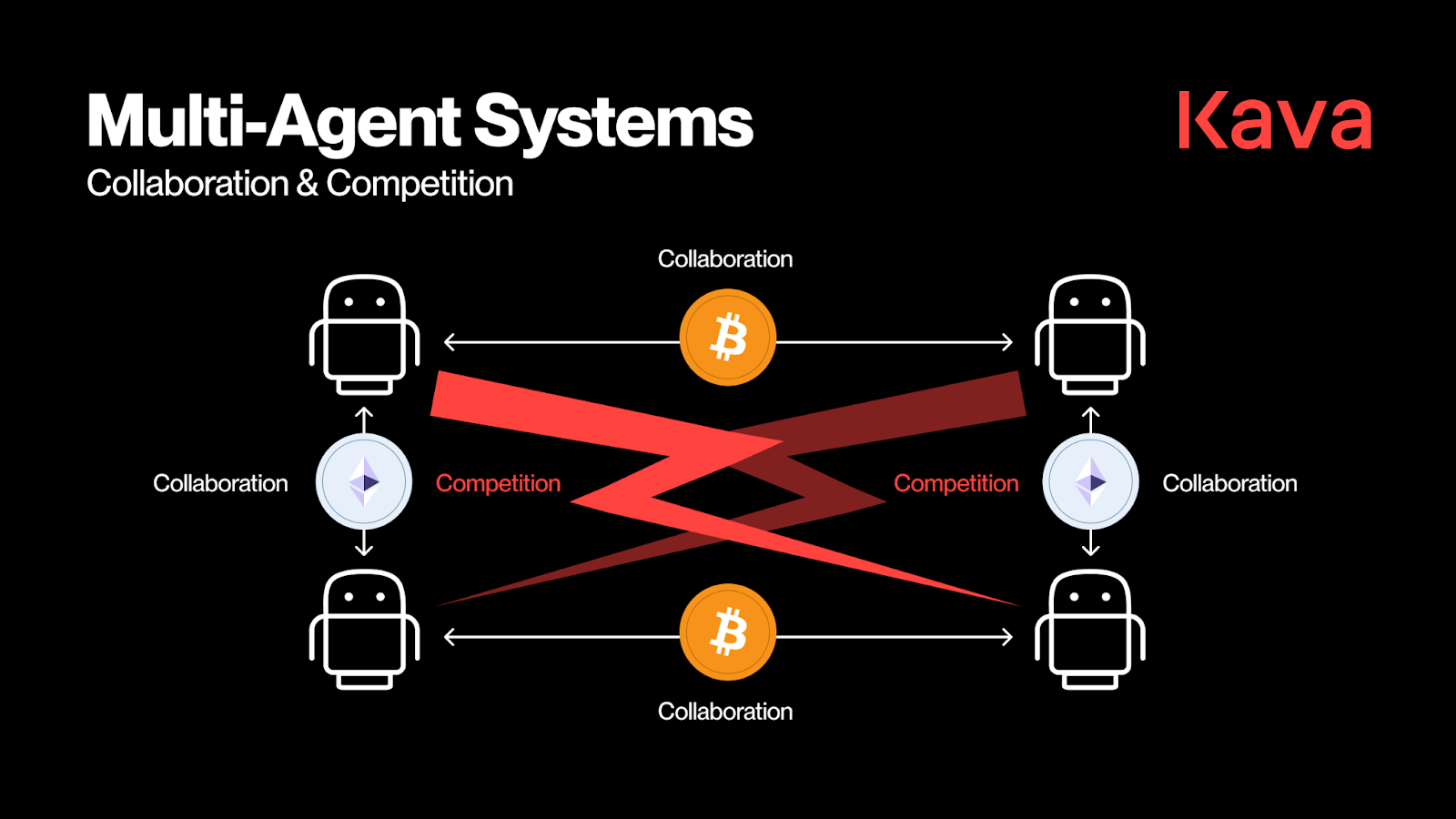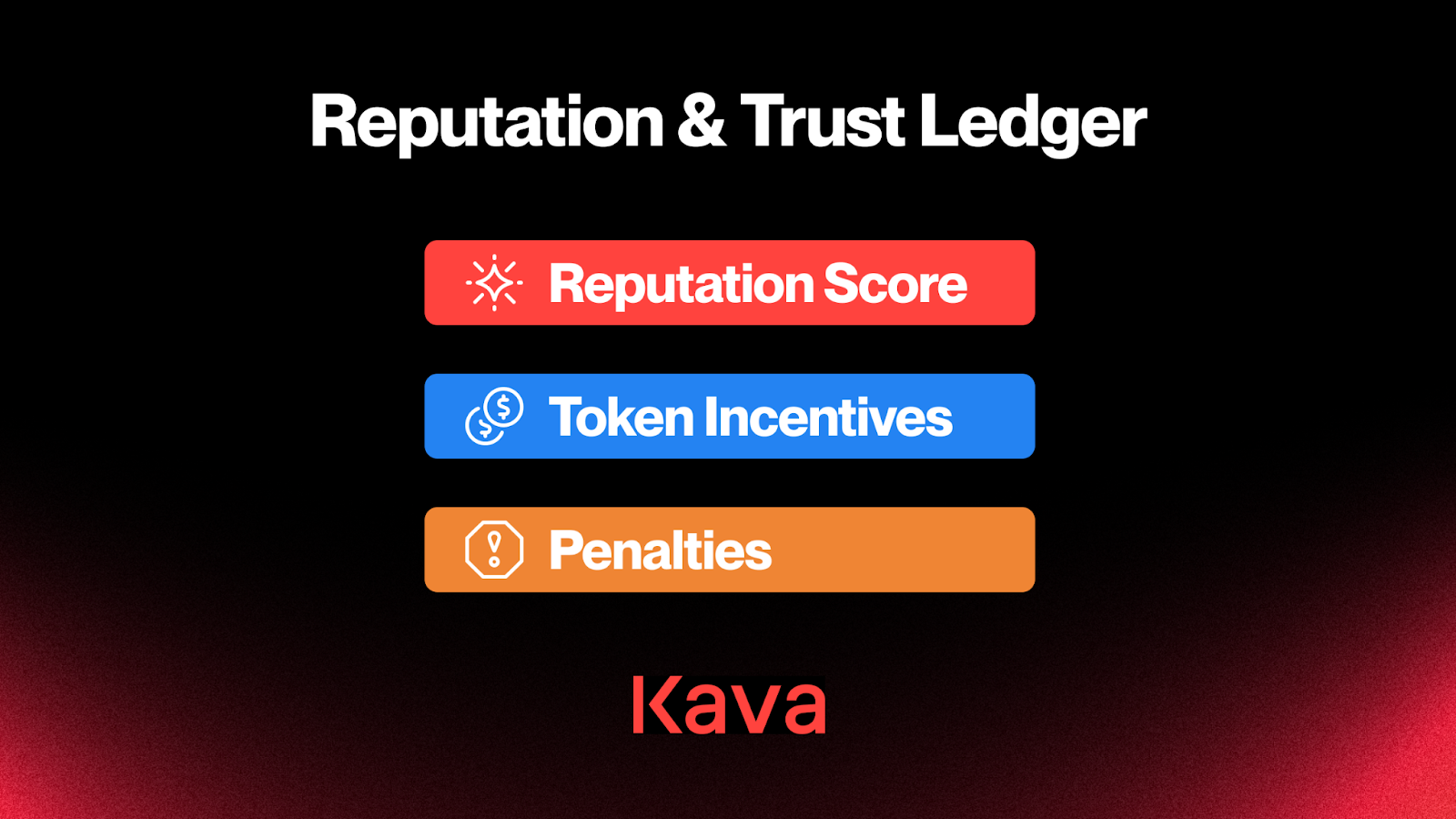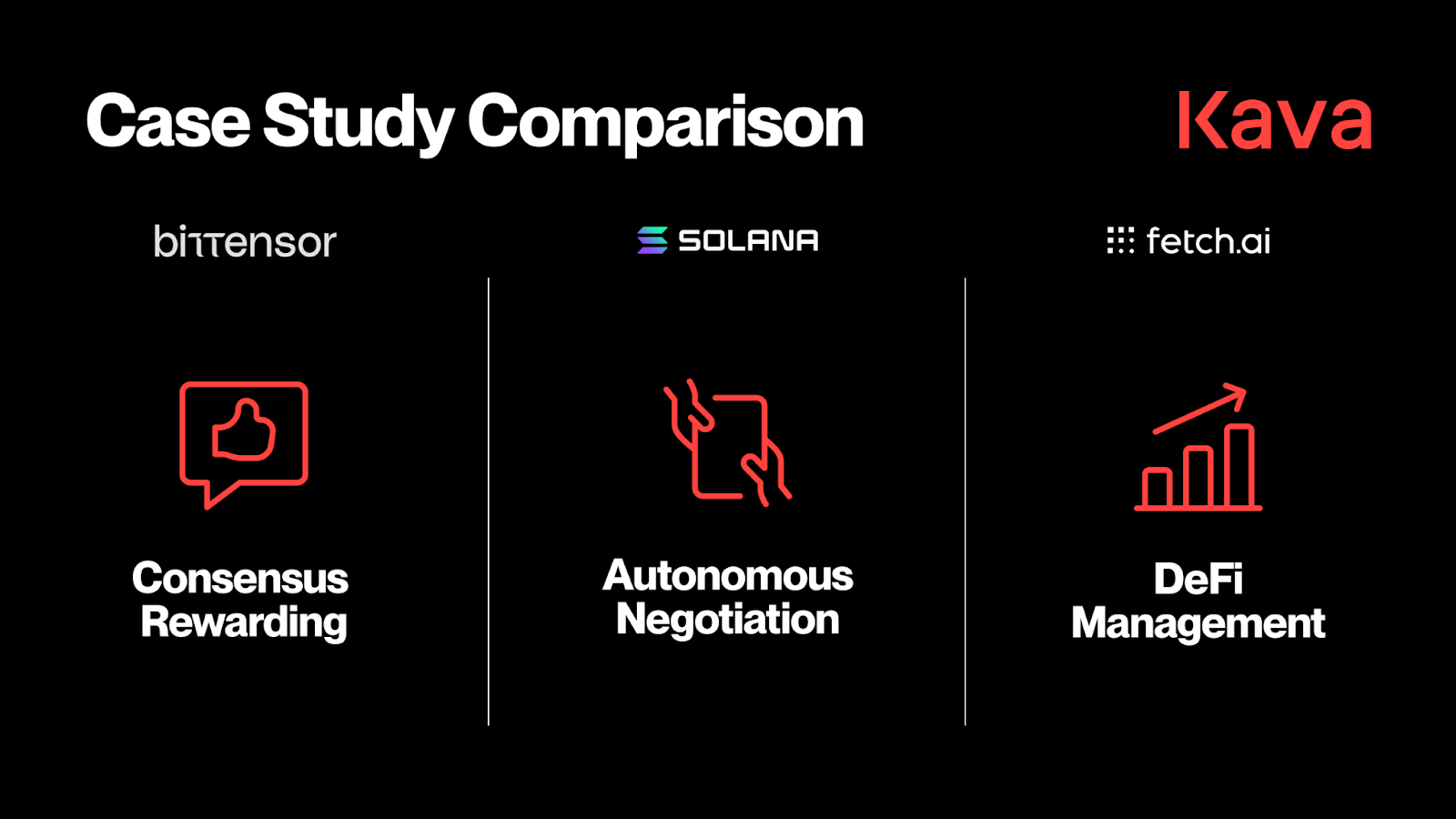Autonomous AI Agent Economies: Self-Governing Digital Entities

From the first decentralized ledgers to the rise of smart contracts and decentralized finance, blockchain’s trajectory has been one of constant disintermediation, cutting out middlemen with code, consensus, and transparency. In recent years, artificial intelligence has been undergoing its own progression, moving from narrow task-specific models to sophisticated systems capable of strategic decision-making, negotiation, and adaptive learning.
Now, these two technological streams are converging into something unprecedented: autonomous, blockchain-native AI agents. These are self-governing digital entities that can own assets, negotiate contracts, make payments, and deliver services all while operating continuously without human intervention and under the immutable rules of blockchain governance.
This article explores how these agents function, how they learn over time, the ecosystems they form, and the trust networks that hold them accountable. We’ll examine pioneering case studies already proving the concept in live markets, address the legal and ethical challenges, and conclude with a vision of the autonomous AI economy in the years ahead.
Blockchain-Native AI Agents
A blockchain-native AI agent is more than just a program connected to a wallet; it is a fully operational economic actor. Operating through on-chain smart contracts, these agents can:
- Execute and settle agreements without requiring a custodian or broker
- Monitor market conditions and autonomously adjust their strategies
- Manage treasuries, distribute funds, and pay for resources in cryptocurrency
- Interface with decentralized APIs and other agents to gather data or outsource tasks
Because the blockchain records every action immutably, these agents operate within a framework of verifiable transparency. For businesses, this means an agent’s history can be audited at any time. For regulators, it means compliance can be monitored without intrusive manual checks.
This native integration with blockchain also ensures that an agent’s “identity” is cryptographically secured. Its private keys, contract addresses, and operational parameters are all embedded within a system resistant to tampering, fraud, and unauthorized control.

Self-Improving Through Verified Learning
Autonomy alone is not enough for an AI agent to thrive in a dynamic market. The most competitive agents are self-improving, evolving their capabilities in real time based on blockchain-verified learning.
Here’s how it works: every decision an agent makes is logged on-chain whether a successful trade, a failed negotiation, or a resource allocation. This ledger becomes a tamper-proof training dataset that the agent can analyze to refine its algorithms. Over time, the agent’s strategies adapt to patterns that produce the highest rewards.
Blockchain plays an important role by ensuring that:
- All learning events are verifiable: No fabricated performance records or cherry-picked results.
- Model updates are transparent: Stakeholders can see exactly what has changed in the agent’s decision-making logic.
- Historical rollbacks are possible: If a model update results in harmful behavior, the system can revert to a known good state.
In regulated industries like finance, this type of verifiable AI learning could become a compliance requirement, ensuring that any improvements in automation are documented.
Multi-Agent Systems: Collaboration & Competition
In the coming AI-driven economy, single agents will rarely work in isolation. Instead, we’ll see multi-agent systems, dynamic networks where agents collaborate, compete, and trade with one another to deliver complex outcomes.
- Collaboration: Multiple agents might join forces to fulfill a supply chain contract. One agent sources raw materials, another arranges transport, and a third handles financing, all coordinating via smart contracts.
Competition: In decentralized marketplaces, agents bid against each other to win contracts, optimize logistics routes, or provide compute resources. - Service Trading: Agents can “hire” other agents, paying in cryptocurrency for services such as data analysis, API access, or even governance voting rights in a DAO.
Blockchain ensures these exchanges remain trustless, no central broker is needed, and the rules of engagement are enforced programmatically. This removes delays, reduces disputes, and allows for democratized global participation.

Reputation Systems & Trust Networks
In human economies, trust takes time to build but can vanish overnight. In autonomous AI economies, blockchain-native reputation systems aim to quantify and protect it.
Every transaction, task, and peer review is recorded in a public, tamper-proof ledger. Over time, each agent accumulates a reputation score, calculated from:
- Job completion rates
- Accuracy of delivered results
- Timeliness and reliability
- Peer feedback from other agents and human clients
High-reputation agents enjoy greater visibility in marketplaces, access to premium contracts, and better payment terms. Poor performance, missed deadlines, or fraudulent actions trigger automatic penalties, reduced visibility, staking slashes, or full exclusion from certain networks.
Because these trust networks are decentralized, no single party can manipulate scores for personal gain, and every score is backed by verifiable history. This creates a merit-based economy where high-quality performance is the fastest route to growth.

Case Studies in Action
Bittensor
Bittensor’s Yuma consensus rewards AI agents for the measurable value of their contributions to the network. Agents that provide the most useful intelligence receive higher awards whether that’s predictive analytics, sentiment scoring, or data labeling, aligning incentives toward collective network intelligence.
Fetch.ai
Fetch.ai specializes in autonomous economic agents that can negotiate and execute complex, multi-party agreements. A Fetch.ai agent might arrange for an electric vehicle to charge at the cheapest nearby station, handle payment directly, and update the route, all without user intervention.
AI Agents on Solana
Leveraging Solana’s high-speed, low-cost architecture, AI agents manage DeFi portfolios in real time, executing yield farming strategies and arbitrage trades with millisecond precision. These agents can operate 24/7, scaling their capital deployment dynamically based on changing liquidity conditions.

Challenges Ahead
While the concept is compelling, scaling autonomous AI agent economies will require careful navigation of several challenges:
- Legal & Ethical Boundaries: Defining liability when an agent causes harm or engages in market manipulation.
- Emergent Behavior Risks: Multi-agent systems can develop unforeseen strategies, including collusion or exploitation.
- Governance & Oversight: Striking the right balance between full autonomy and human override mechanisms.
- Security: Preventing the hijacking of agents’ private keys or malicious manipulation of learning datasets.
The solution will likely involve a mix of on-chain governance, regulatory adaptation, and ongoing AI safety research.
The Future: Thriving Digital Economies
Picture a borderless, 24/7 economy where millions of autonomous agents provide services ranging from micro-tasks to large-scale project management. Every transaction is instantly verifiable, and every participant (human or AI) is judged by a transparent reputation score. Human users interact with agents as easily as they would a web app, while agents interact with one another through a shared blockchain infrastructure.
This future is already taking shape. What’s emerging is the coordination layer that lets autonomous AI agents work together as seamlessly as humans in a well-run workplace.
The potential is enormous. And so is the responsibility to design these systems ethically and with safeguards that ensure they enhance human prosperity rather than erode it. The age of autonomous AI agent economies isn’t just coming, it’s already arriving, one smart contract at a time.
